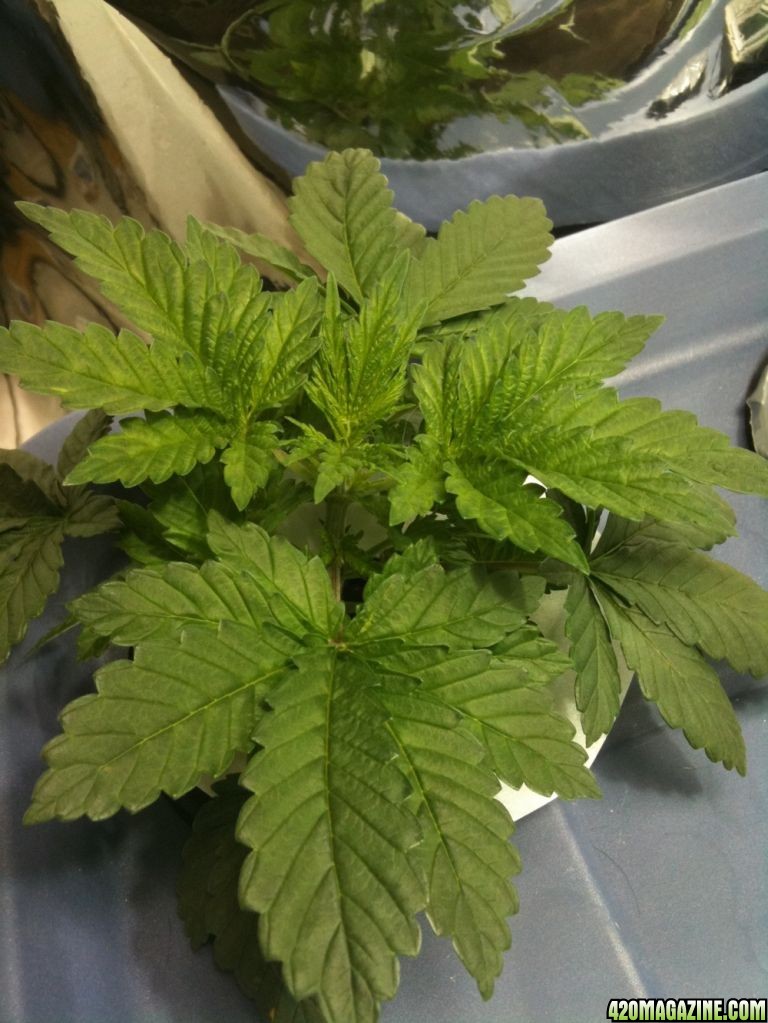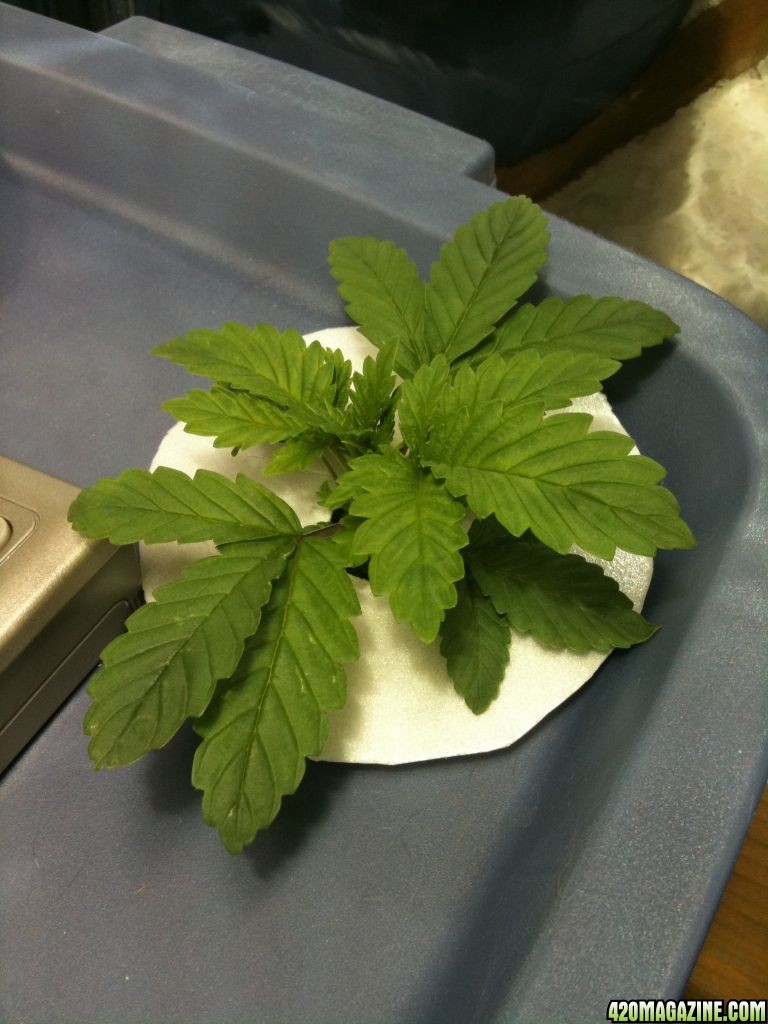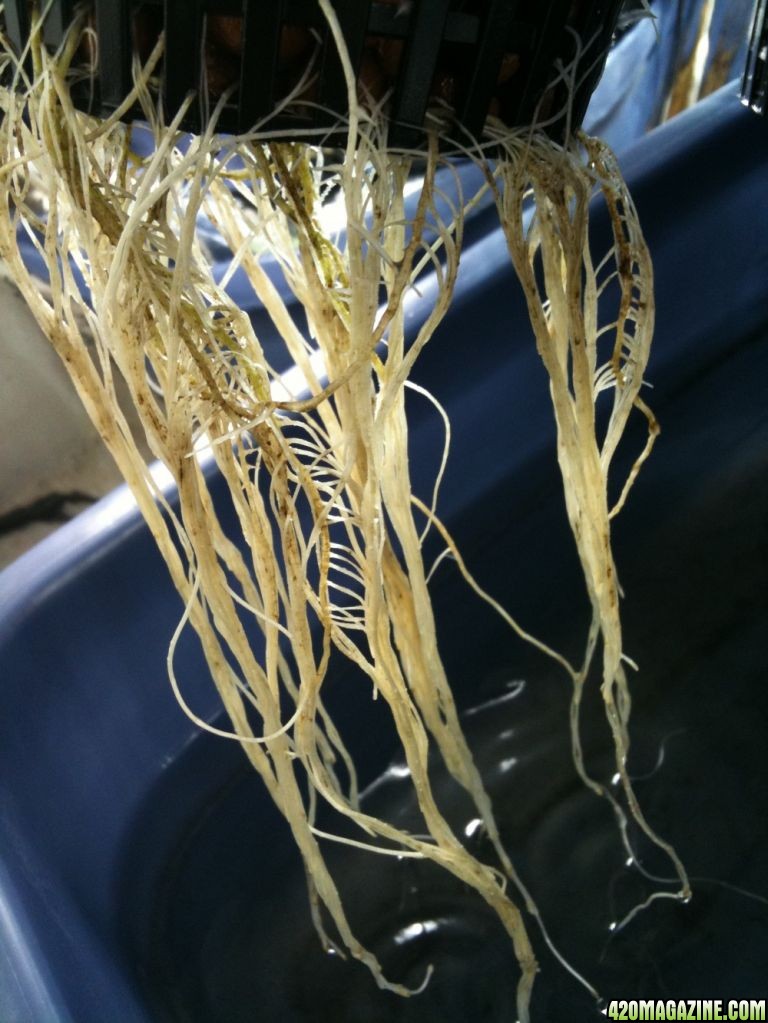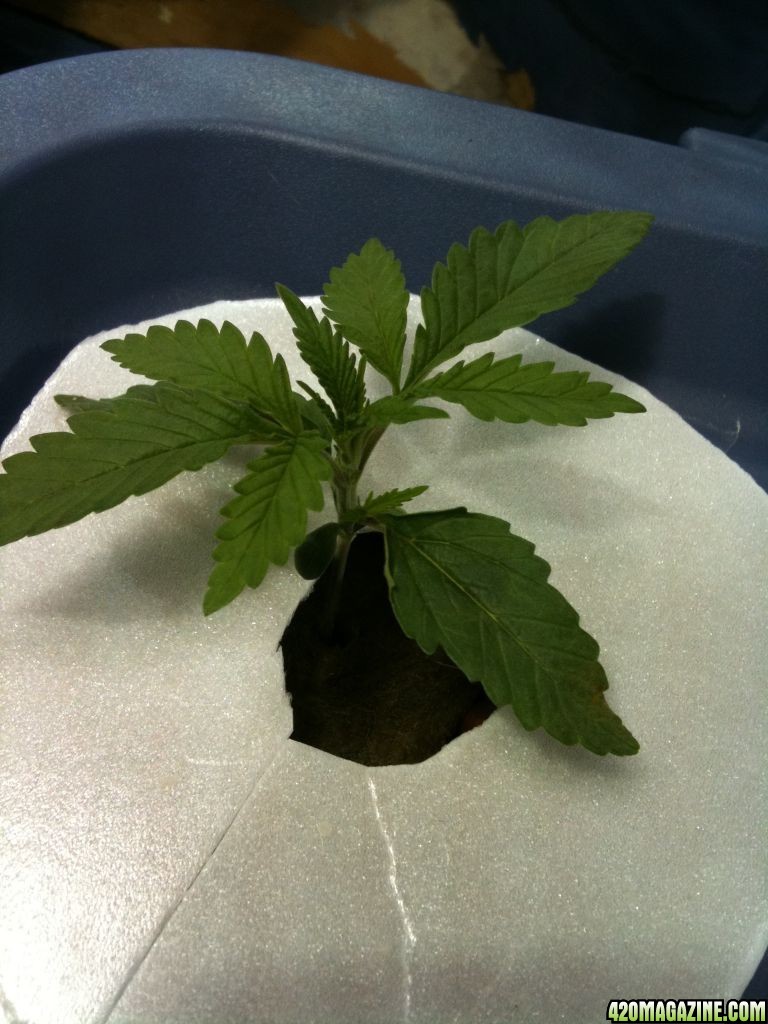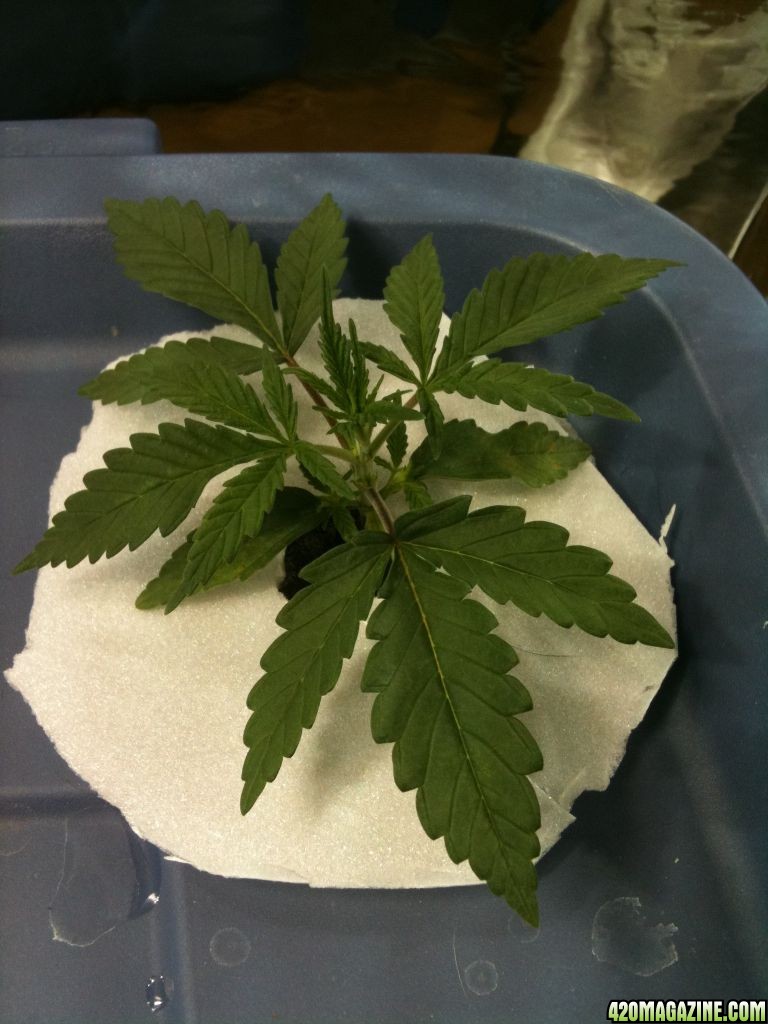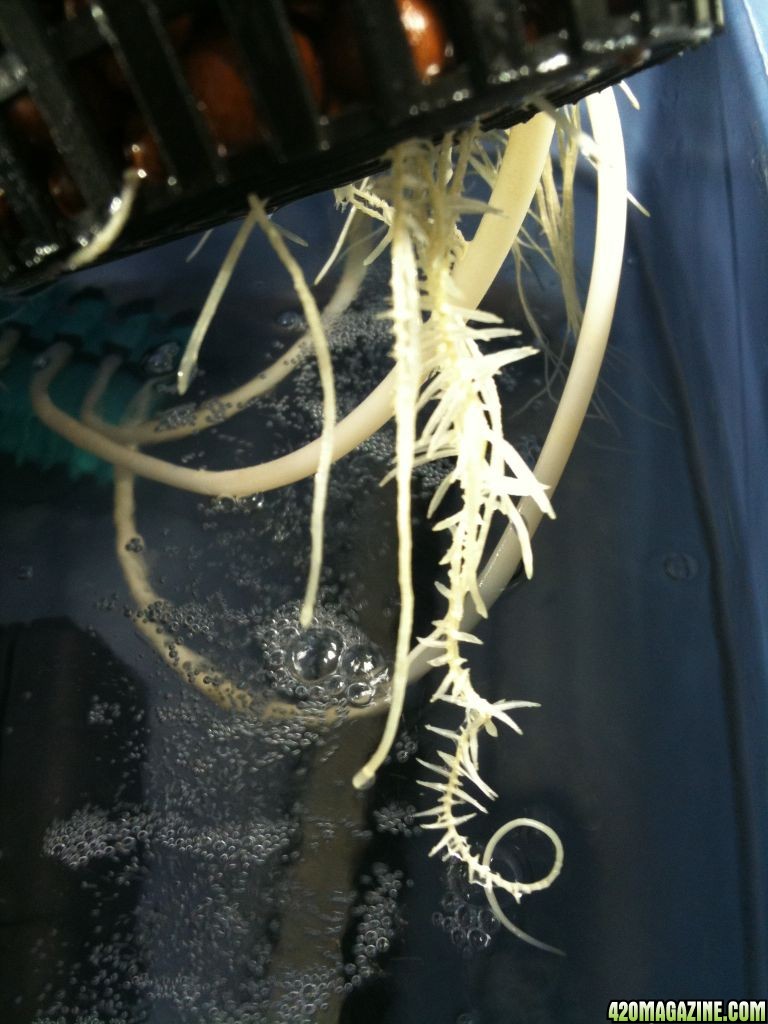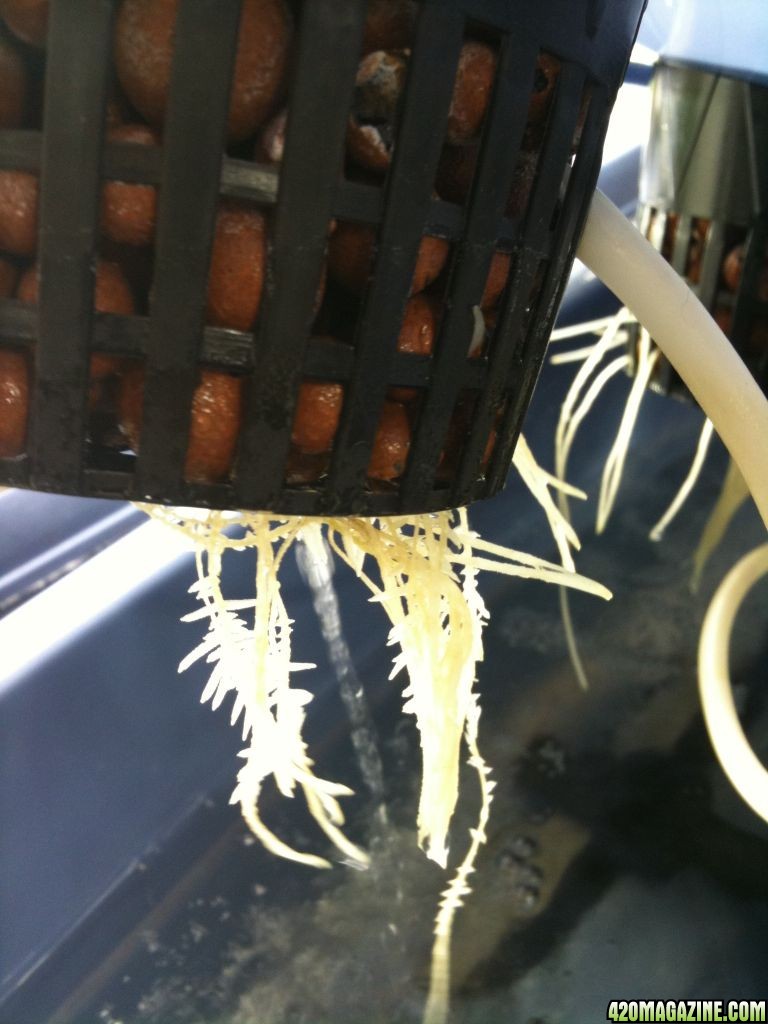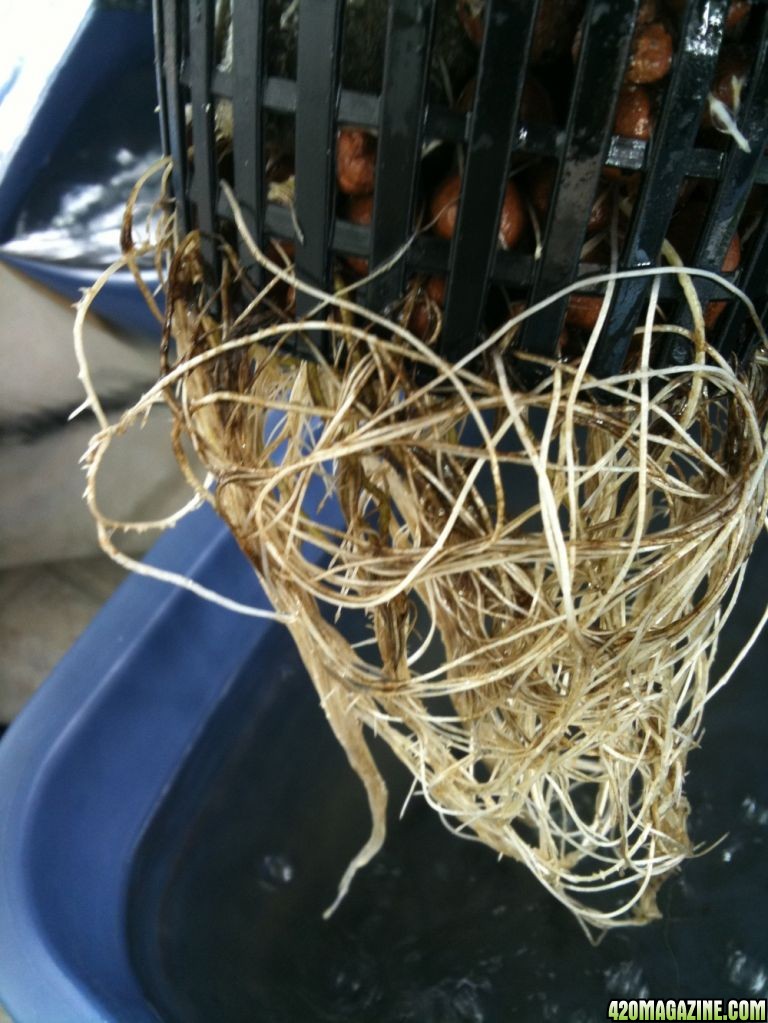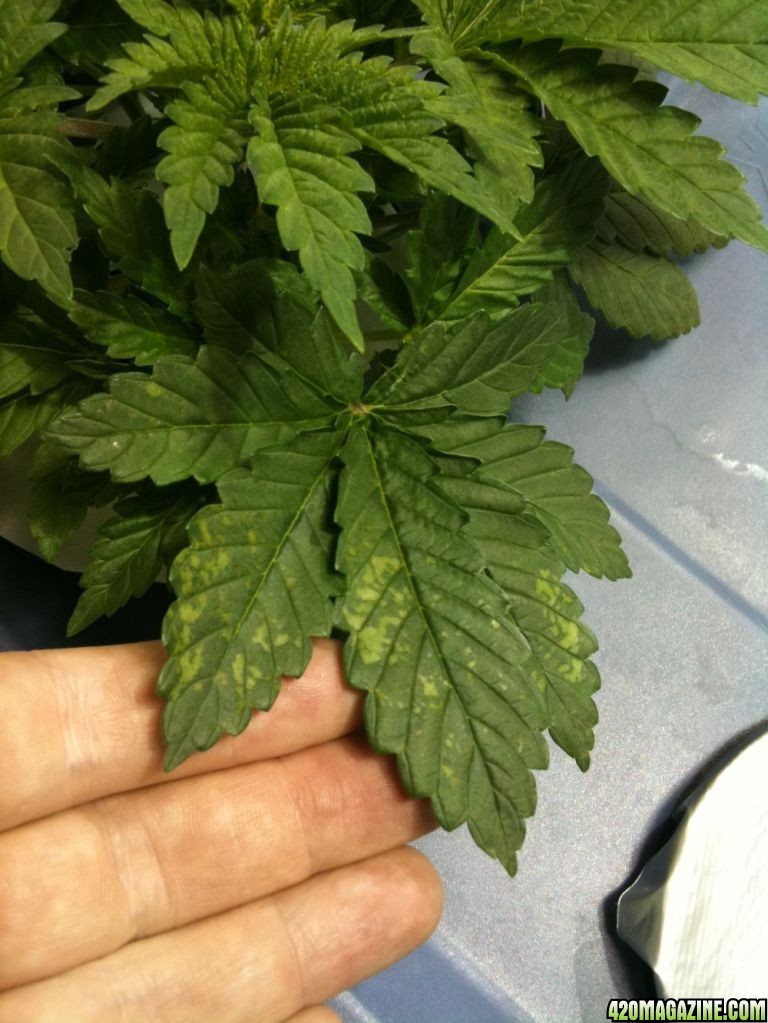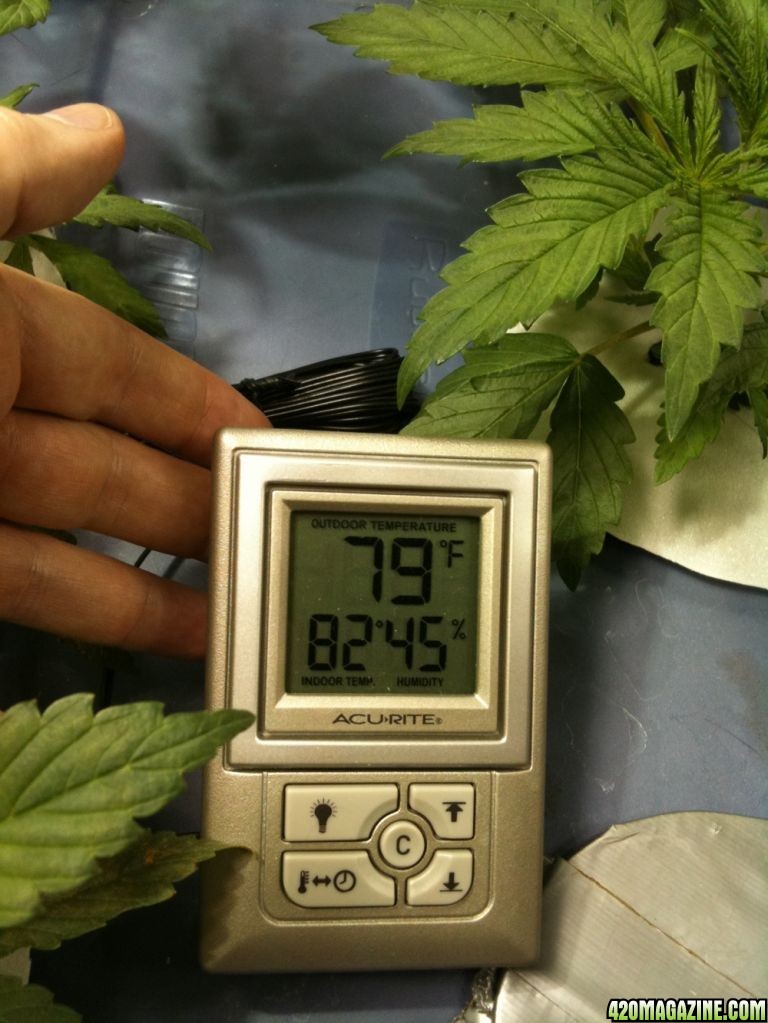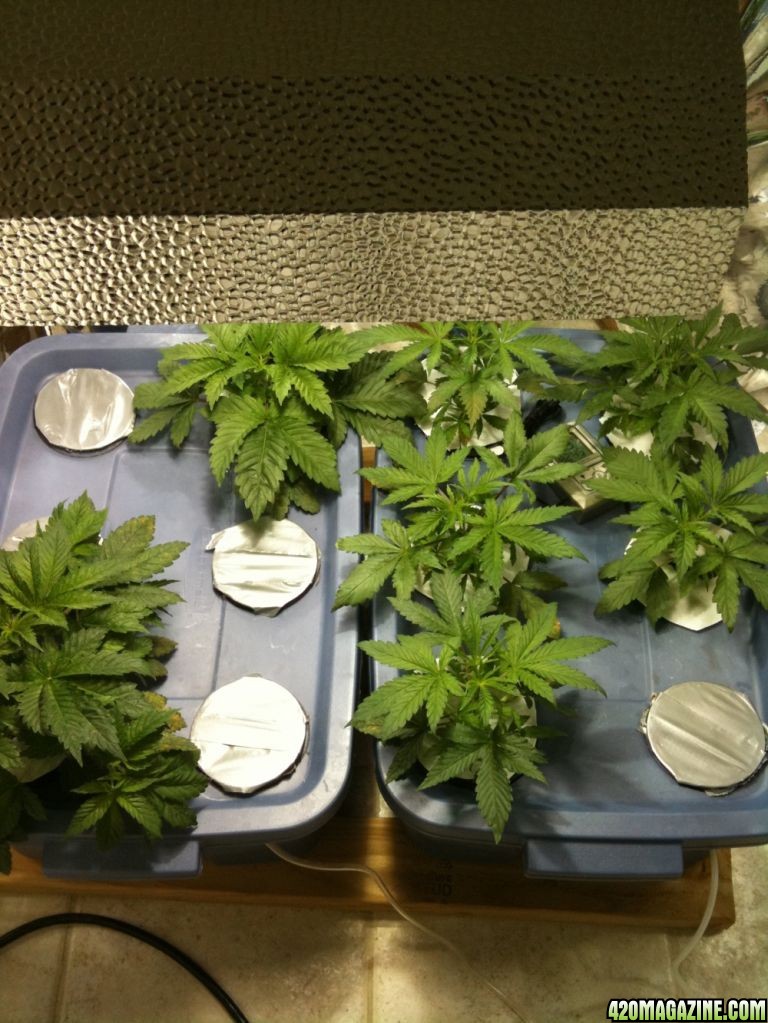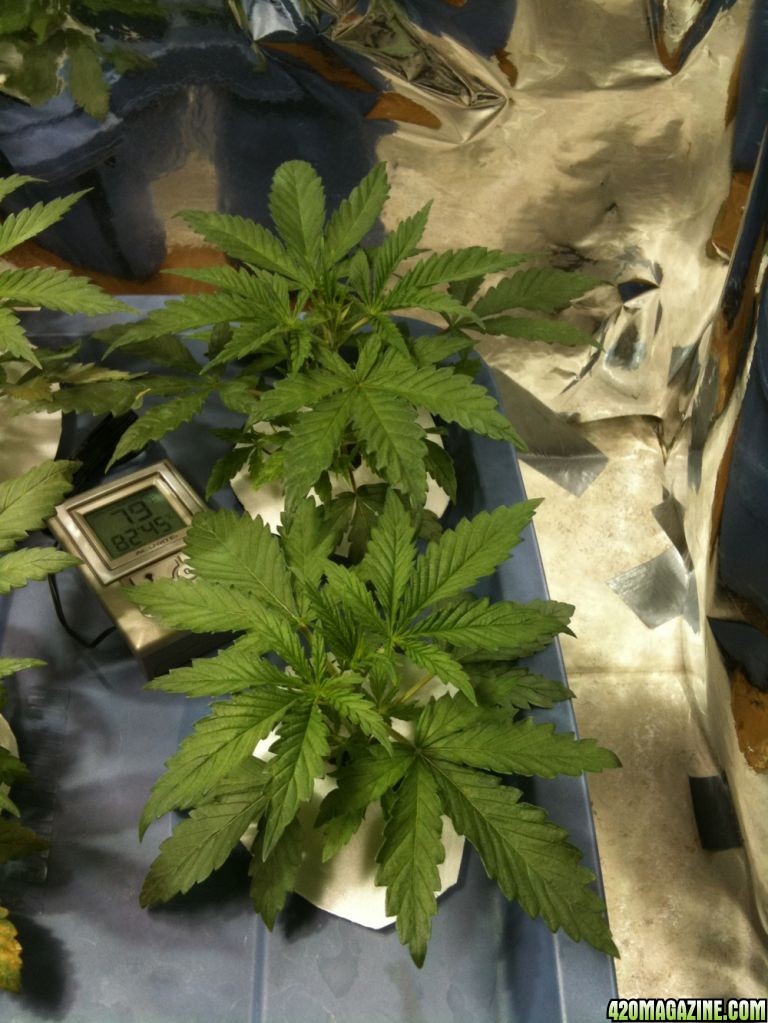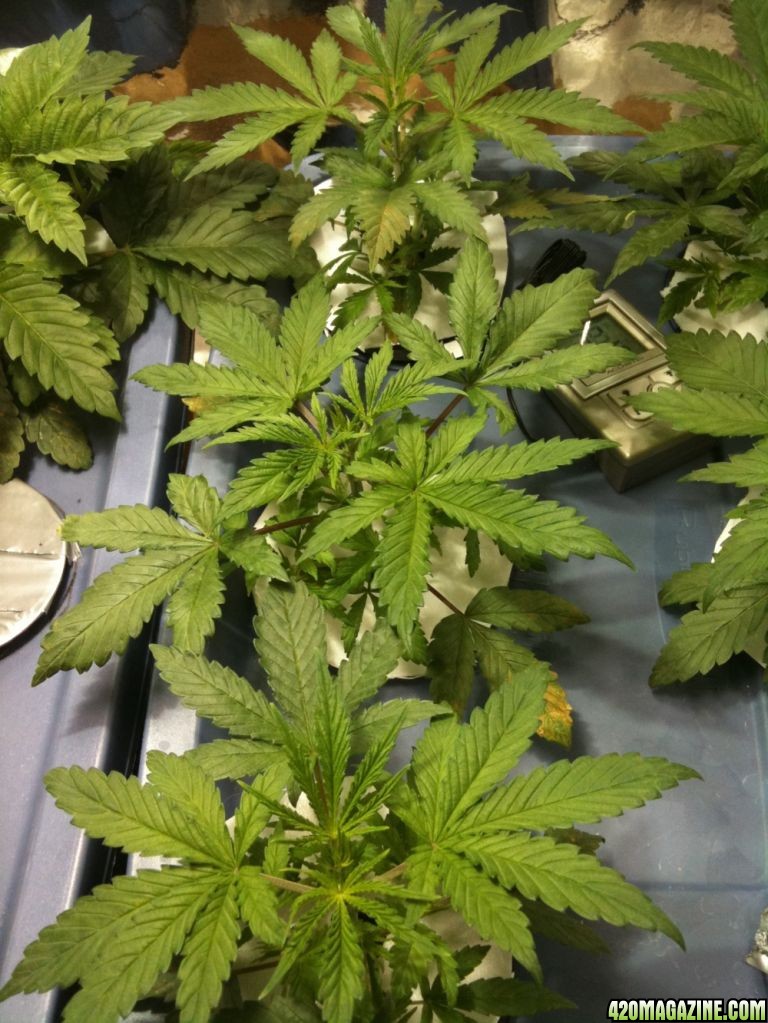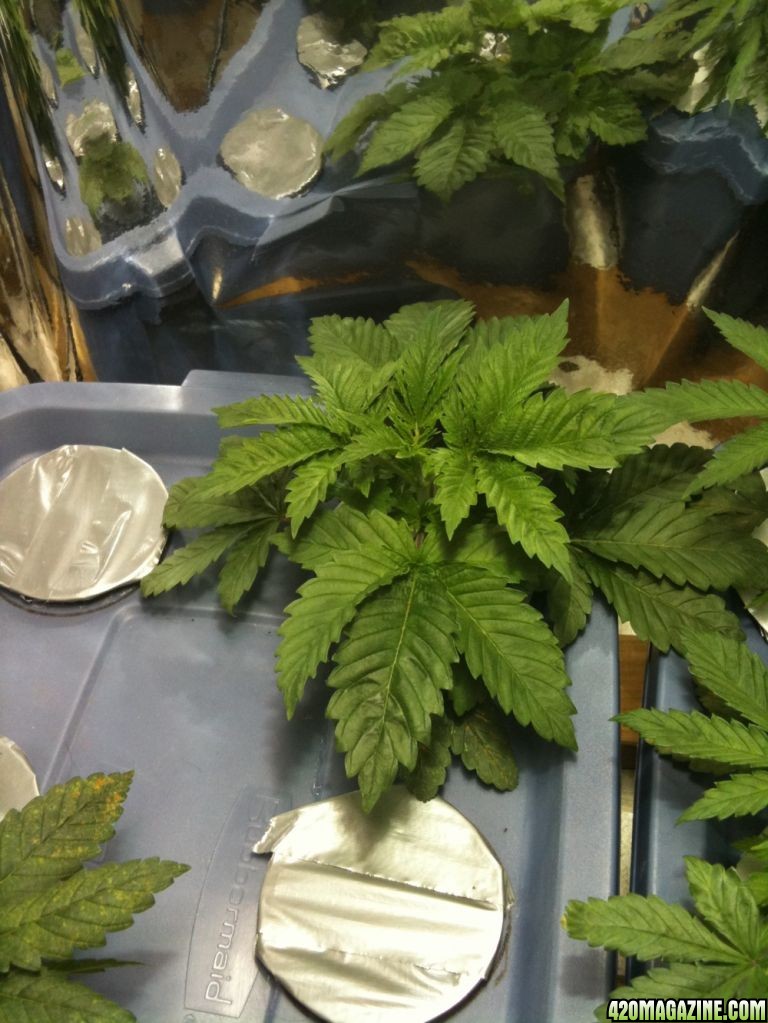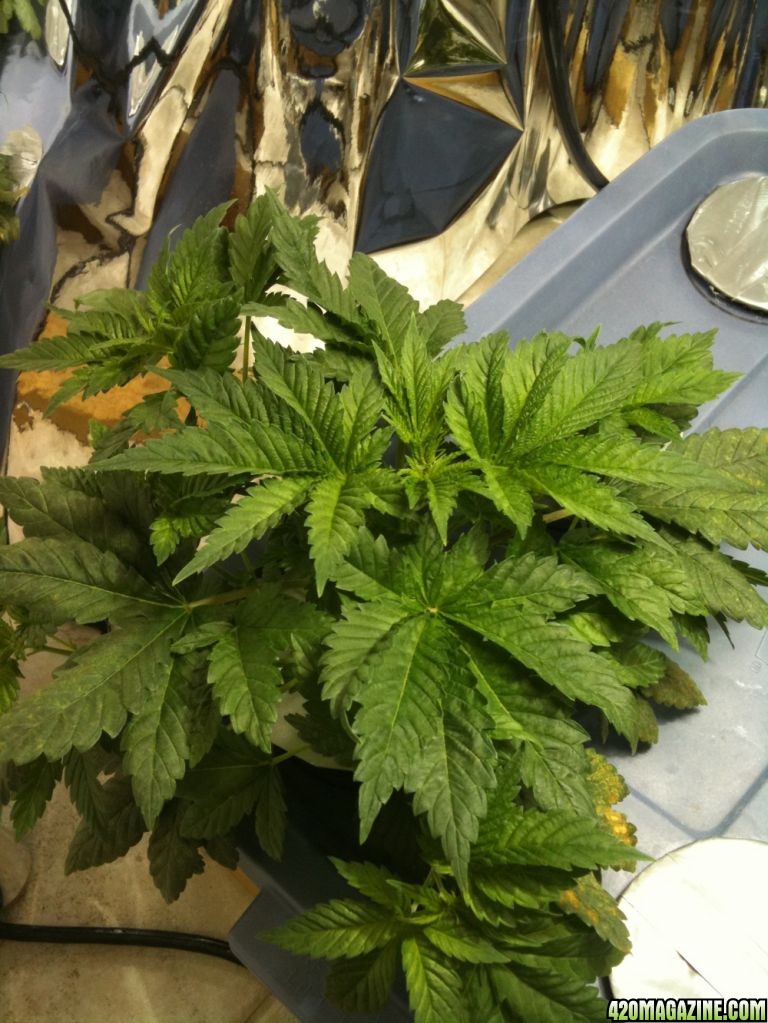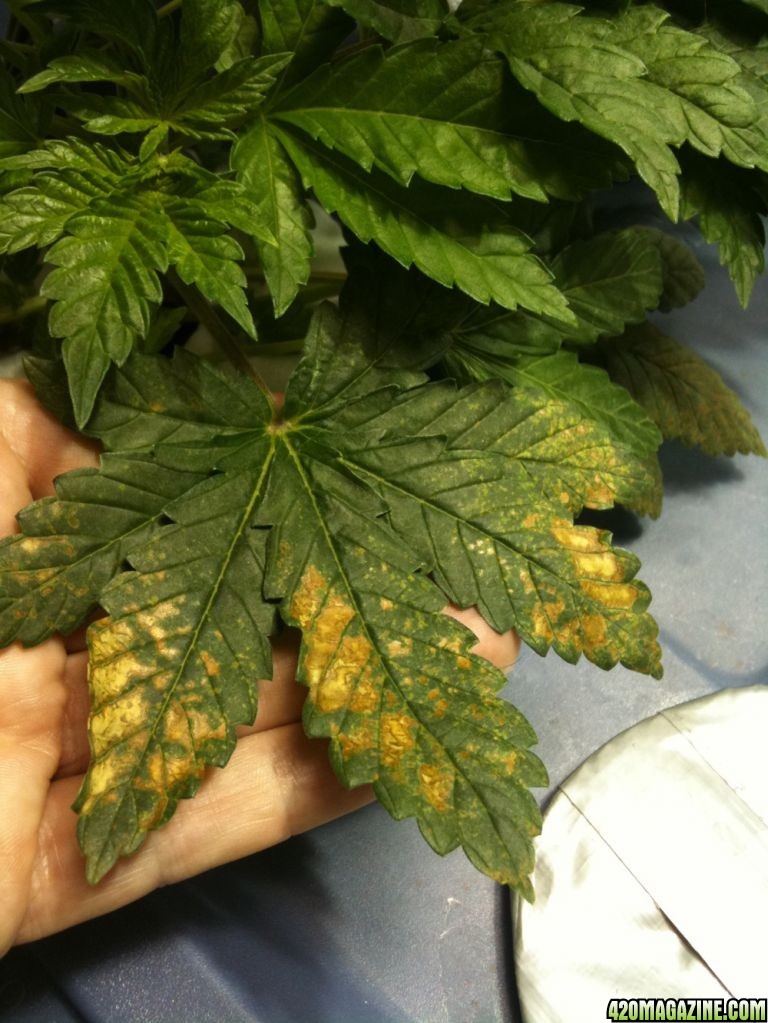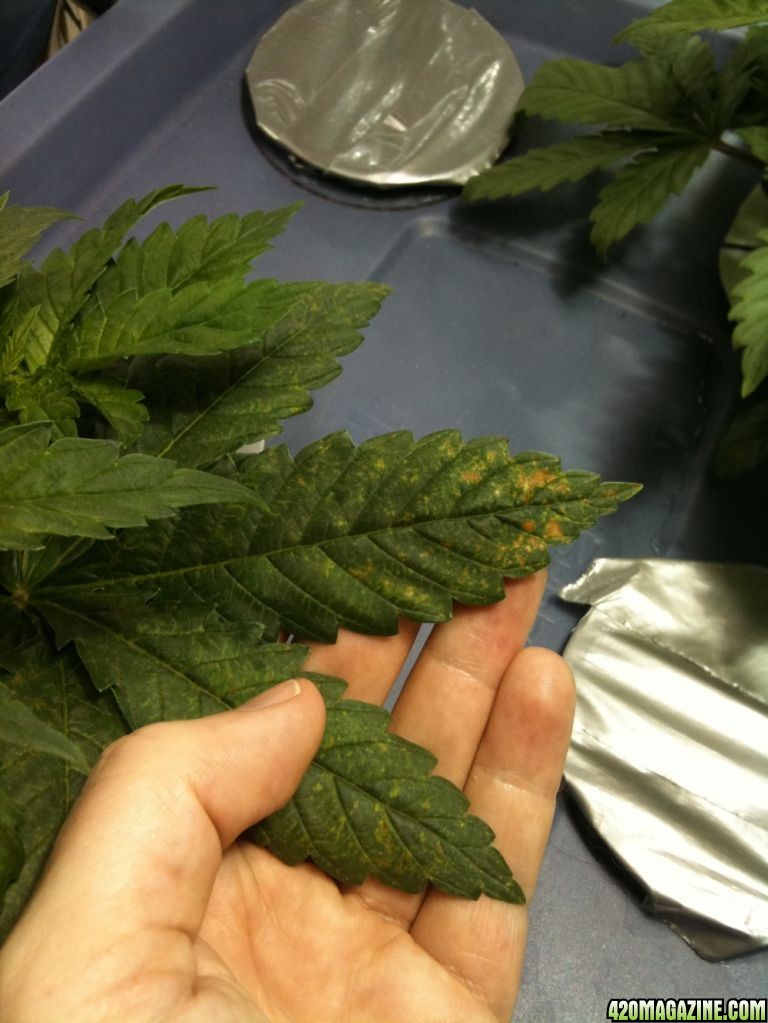Spider Mites - Spider mites are not insects but are more closely related to spiders. These arachnids have four pairs of legs, no antennae and a single, oval body region. Most spider mites have the ability to produce a fine silk webbing. Spider mites are very tiny, being less than 1/50 inch (0.4mm) long when adults. Spider mites have tiny mouthparts modified for piercing individual plant cells and removing the contents. This results in tiny yellow or white speckles. When many of these feeding spots occur near each other, the foliage takes on a yellow or bronzed cast. Once the foliage of a plant becomes bronzed, it often drops prematurely. Heavily infested plants may be discolored, stunted or even killed. Web producing spider mites may coat the foliage with the fine silk which collects dust and looks dirty. Spider mite species seem to be warm weather or cool weather active pests. The twospotted, European red, honeylocust, and oak spider mites do best in dry, hot summer weather. The spruce and southern red spider mites do best in cool spring and fall weather. All spider mites go through the same stages of development. Adult females usually lay eggs on their host plants. The eggs hatch in days to weeks into the first stage, called a larva. Larvae are round bodied and have only three pairs of legs. The larvae feed for a few days, seek a sheltered spot to rest and then molt into the first nymphal stage. The first nymph now has four pairs of legs. The first nymphs feed a few days, rest and molt into the second nymph. The second nymphs feed, rest and molt into the adult stage. The males are usually the size of the second nymph and have pointed abdomens. The females have rounded abdomens and are the largest mites present. Most spider mites spend the winter in the egg stage but the twospotted spider mite over winters as adult females resting in protected places.
Solution - Early detection of spider mites, before damage is noticed, is VERY important. The tiny spider mites can be detected only by a full and thorough leaf inspection (on both sides of the leaf). If you find Spider Mites you must act fast and hit them hard with either a bleach solution (1 tablespoon of bleach to 1 gallon of 95°F, pH balanced, water in a spray bottle.) or use a miticide with Abamectin or lindane in it. That seems to work best. There are insect predators <Natural Pest Control> that can help in providing some CONTROL but this does not mean 100% eradication and in a consumable crop that is what we are after. The predator mite can help to control them if chemical sprays are not your thing.

